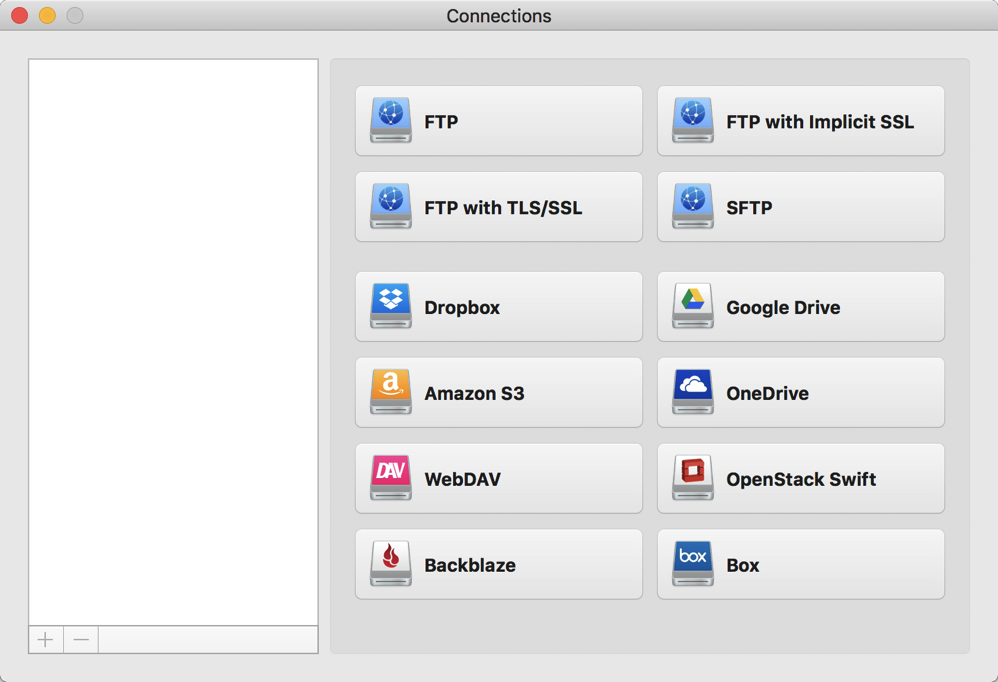

- #DOES GOOGLE DRIVE FOR MAC KEEP A LOG OF SYNCED FILES HOW TO#
- #DOES GOOGLE DRIVE FOR MAC KEEP A LOG OF SYNCED FILES INSTALL#
- #DOES GOOGLE DRIVE FOR MAC KEEP A LOG OF SYNCED FILES DRIVERS#
- #DOES GOOGLE DRIVE FOR MAC KEEP A LOG OF SYNCED FILES UPDATE#
I am happy to know that it was useful for many of you from your email responses.
#DOES GOOGLE DRIVE FOR MAC KEEP A LOG OF SYNCED FILES HOW TO#
Recently I have written an article that shows how to encrypt and protect your cloud stored files. What happens to it when you delete the files from your PC? It’ll also vanish, if you are careless.

This’s because syncing is essential when we use cloud storage services and it’s part of almost all cloud storage providers. Sorry for the lengthly description but I figured it would be helpful to know what else is out there that will probably do what you want more explicitly.If you are using Google Drive Back up and Sync on your PC, you might have asked the question how to delete files on Google Drive on My PC that without affecting the web stored files. In other words, you have a LOT of options depending on what you need, how much you're willing to hand-roll things, and whether you're open to spending money. There are commercial products out there that appear to do the same thing like ExpandDrive and Mountain Duck which add some really nice features like Cryptomator support as a drive so you can mount portable encrypted volumes more seamlessly than the Cryptomater app does itself.
#DOES GOOGLE DRIVE FOR MAC KEEP A LOG OF SYNCED FILES INSTALL#
You can install osxfuse either from their site or use homebrew to perform a cask install. In the early days, it was to allow Linux users the ability to mount NTFS volumes, but the project has evolved quite a bit since then to the point of being downright indispensable and the standard way of mounting everything from a non-native file system, to cloud storage, to even an SSH or FTP connection.
#DOES GOOGLE DRIVE FOR MAC KEEP A LOG OF SYNCED FILES DRIVERS#
It provides access to APIs so your OS has driver emulation for all kinds of file system drivers that are otherwise not natively supported on your OS. In case you don't know, OSX Fuse is a well-established kernel extension not just for MacOS but also for Windows and Linux as well. They both seem to offer the same function but the developer of GCSF explains on Reddit why GCSF is supposed to be faster. If you are looking for a clean way to create a virtual file system on your computer rather than an synced folder (which honestly sounds like more your cup of tea) AND preserve things like Posix info (file ownership and mode, for instance), there are two open source projects that make use of Fuse called GCSF and google-drive-ocamlfuse. The preservation of Posix info (ownership and file mode, for instance) may continue to be an issue because so few cloud providers actually support that and I am not sure if this is being addressed, so caveat emptor in that respect.
#DOES GOOGLE DRIVE FOR MAC KEEP A LOG OF SYNCED FILES UPDATE#
Also, they have a massive update around the corner with odrive2 which does some other really cool stuff with aggregating cloud storage more invisibly which is great for people who like patching together free cloud storage plans to create one coherent drive. I doesn't support Posix info (yet) but it allows you to pick and choose which folders you want fully synced and which you want synced on demand. Anyway, if you are looking for something a bit more specific to your needs where you Google Drive is a literal drive, there are other ways (and in my opinion, better ways) of making use of your Google Drive storage as true file-level storage that behaves as you would expect a local file system.įirst off, I will mention odrive which is a multcloud consolidator that works really well, has Linux support, and a CLI-only version. If you don't fully understand how these work together it is easy make the mistake of making copies of copies of copies of your photos which is really painful if, say, you're a Google Photos user. Us lowly civilians (even if you pay for storage) still have to use Google's seemingly-inefficient Backup-and-Sync which is a bit of a dog's breakfast in how it has multiple sync paradigms with Drive Mode, Backup Mode, and Photo Sync mode.

FWIW, the "new" Google Drive Sync is only for enterprise gSuite users.


 0 kommentar(er)
0 kommentar(er)
